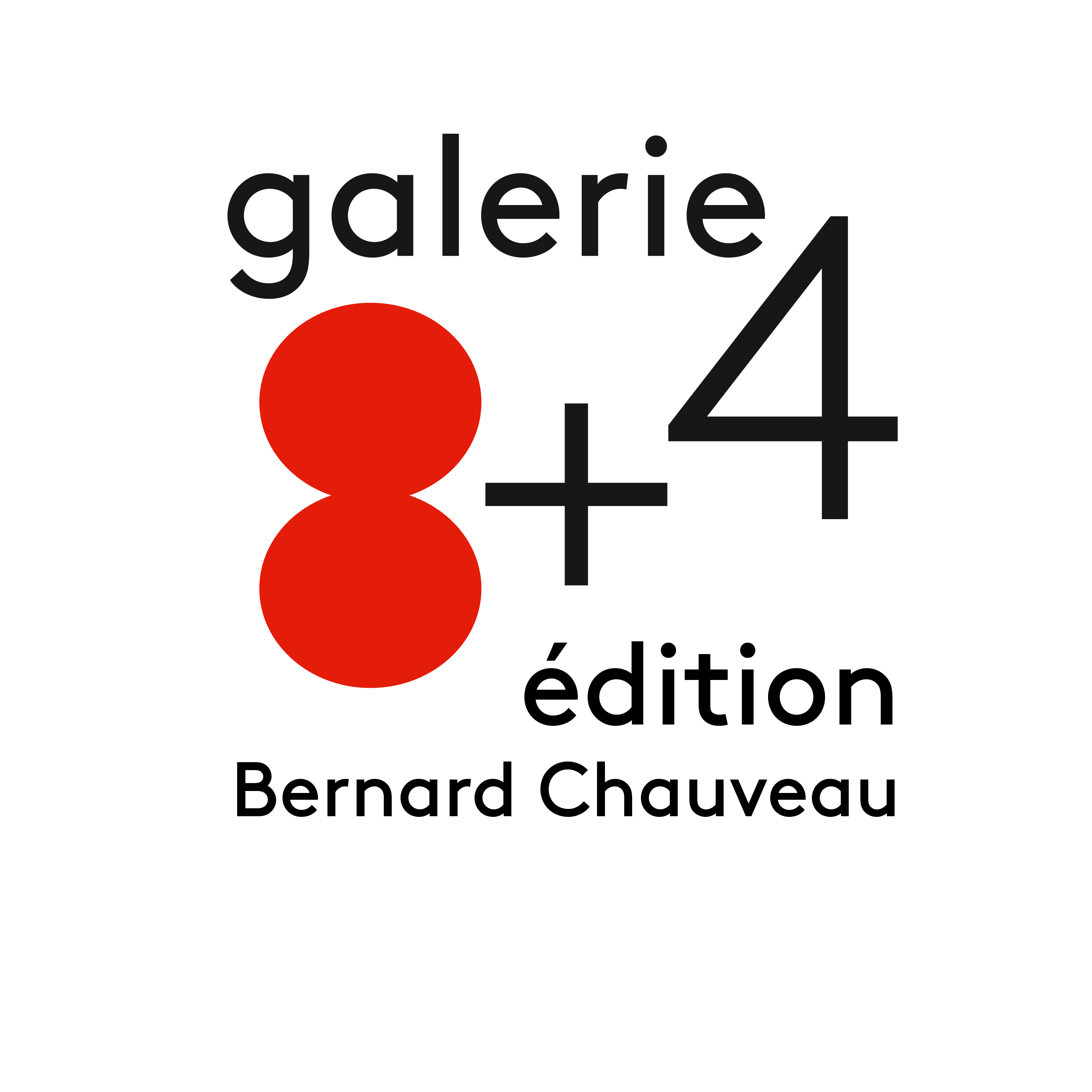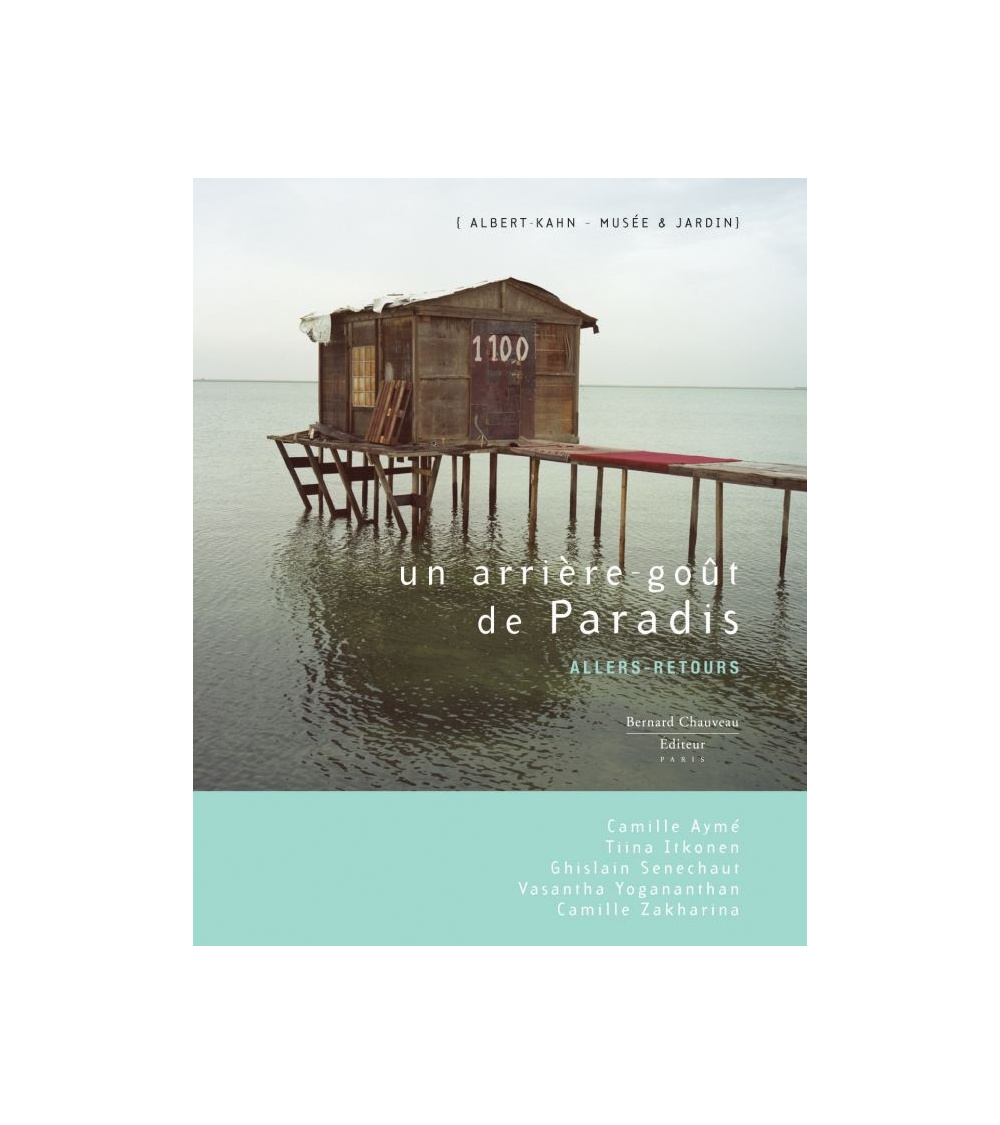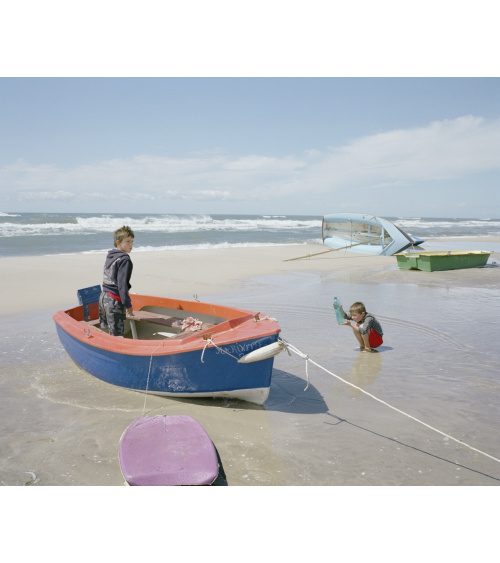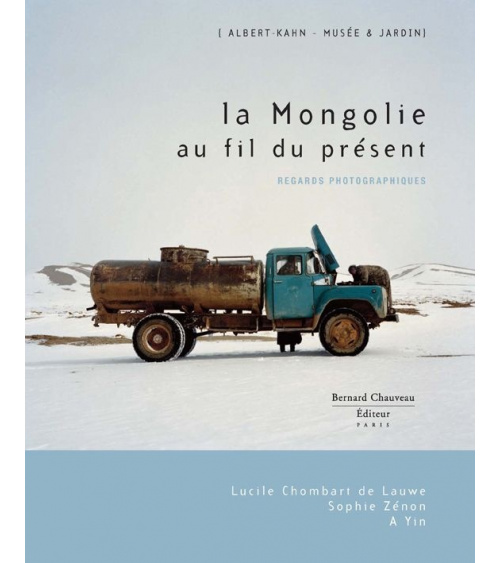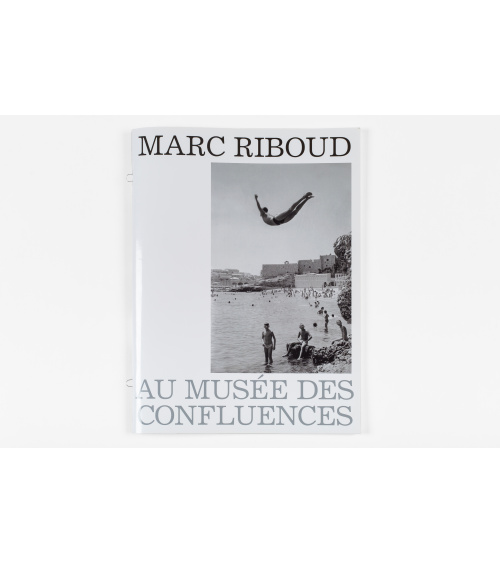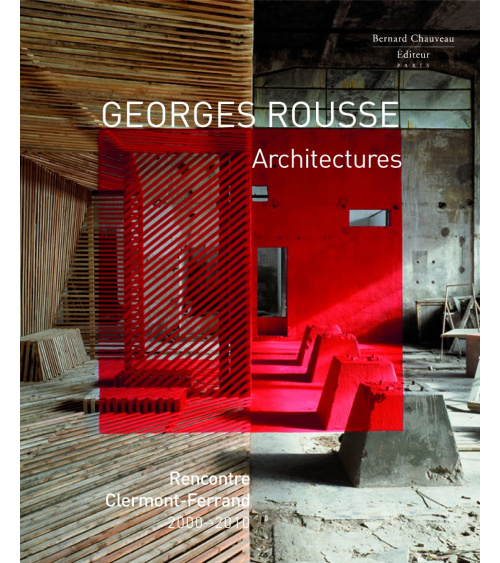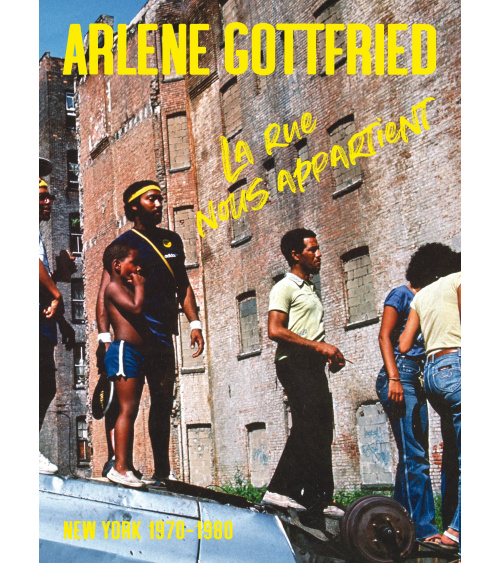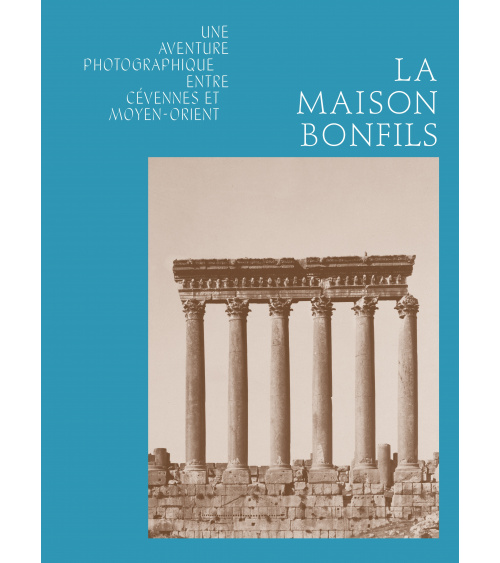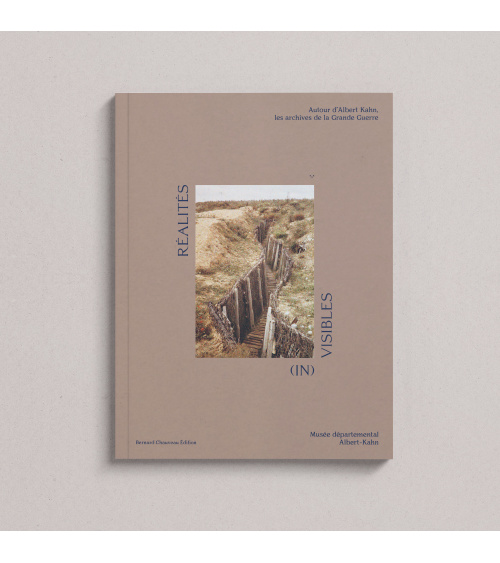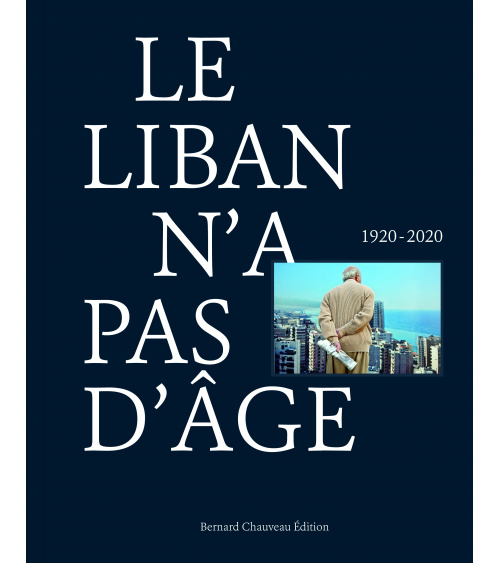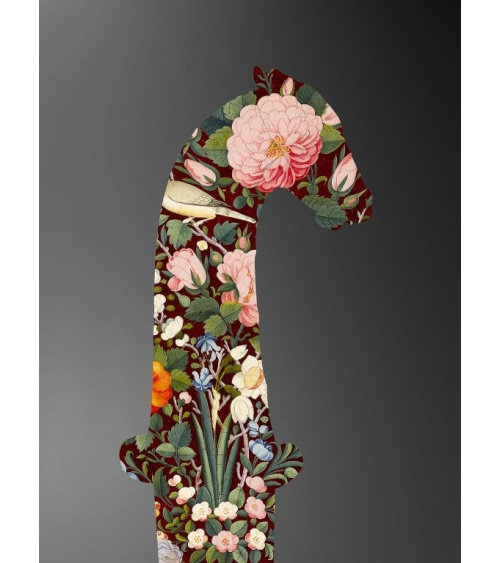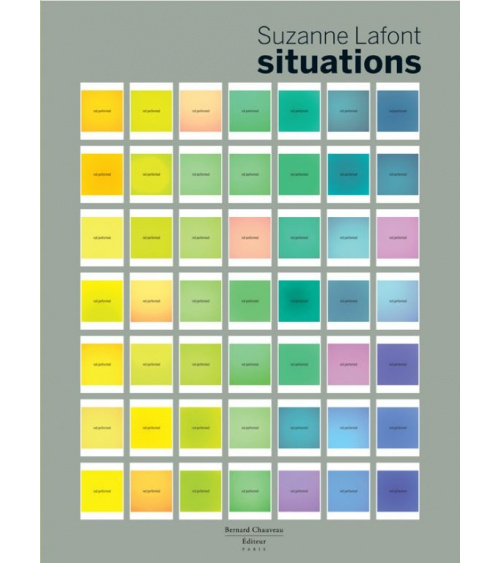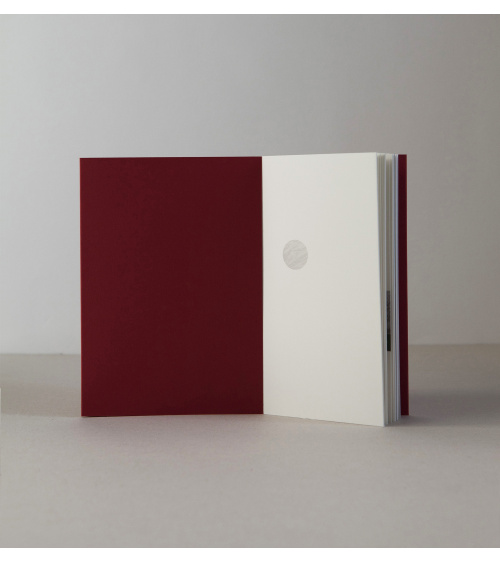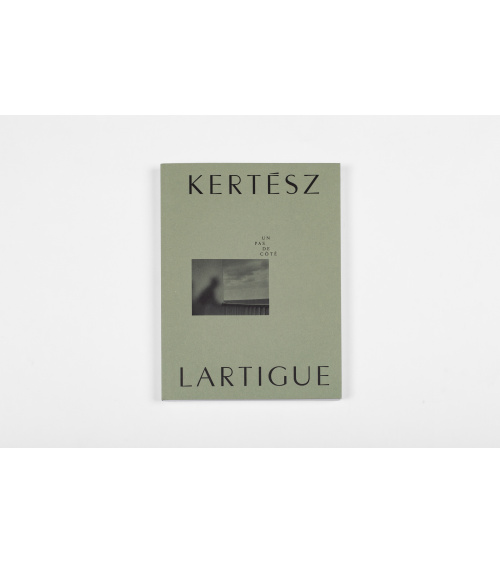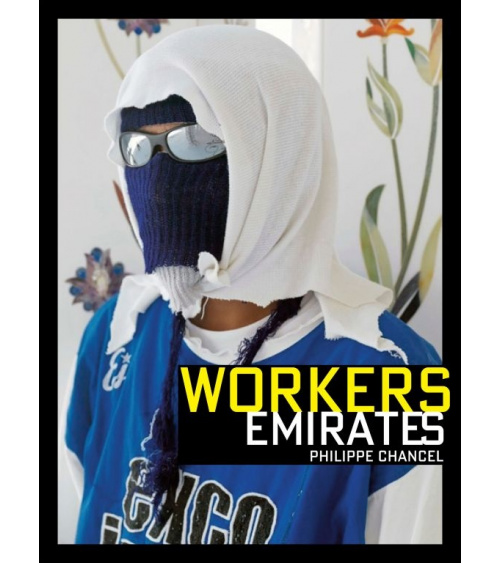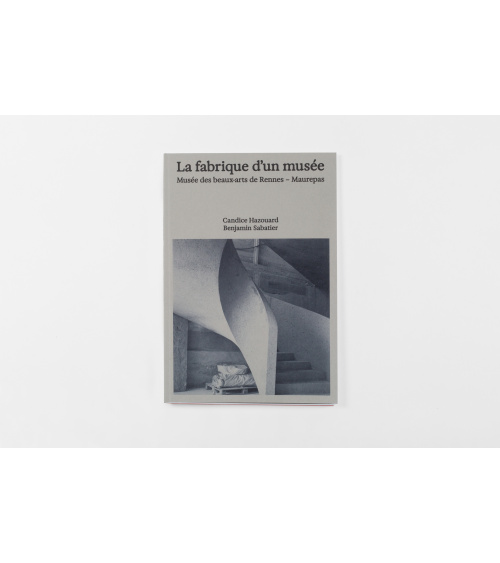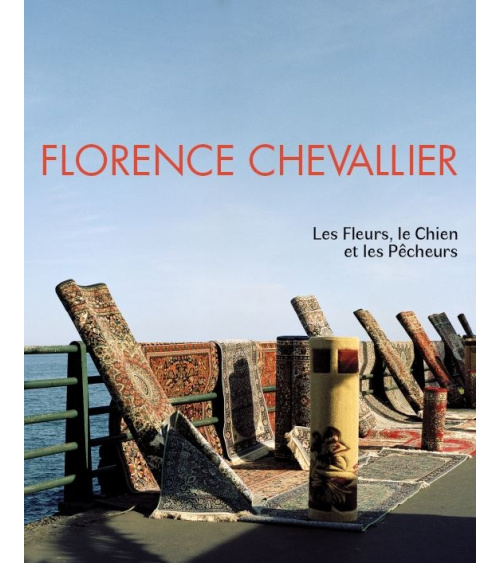An aftertaste of paradise
This book invites to discover the communities who live in territories where the seasons impose their rhythm and the relationship to nature requires permanent adjusting and repairs.
The photographs presented here, of different territories and aesthetic styles, are fully inscribed in the pursuit of the philanthropic banker Albert Kahn’s generous approach to art.
Albert Kahn created the “Archives of the Planet” in 1912, commissioning operators to travel to the four corners of the world in order for them to record different cultural reality in film and colour photography. One hundred years later, professionals from the Albert-Kahn Museum in Boulogne-Billancourt have decided to echo this project in today’s world, respecting the founder’s spirit.
For the second year, the Albert-Kahn museum and garden has organized the annual festival of contemporary photography, called “Allers-Retours”. In order to pursue the historic voyage proposed by the Archives of the Planet: photographic and cinematographic campaigns in over fifty countries on the eve of the 20th Century under the aegis of Albert Kahn, the festival proposes an incursion into today’s world.
Through visions of abandoned beaches in California (Camille Ayme), the built up coast-lines of Bahrain (Camille Zakharia) and the Camargue region of France (Vasantha Yogananthan), and the far off villages of Greenland (Tiina Itkonen) and Patagonia (Ghislain Sénéchaut), the museum invites you to discover the communities who live in territories where the seasons impose their rhythm and the relationship to nature requires permanent adjusting and repairs.
Data sheet
- Number of pages
- 144
- Size
- 20 x 25 cm
- ISBN
- 9782363061010
- Justification
- Bound
- Technique
- 80 color illustrations
- Publication date
- 2013
Ayme (Camille)
Camille Ayme was born in 1983, she graduated both from l’École nationale supérieure d’architecture de Paris-La Villette and from l’École nationale supérieure d’art de Cergy-Pontoise. Her art revolves around the modern city components. Even though her use of photography constantly varies (projections, editions or prints), her characters or places seem frozen in time. In 2010, she collaborated with the tv series Skins, in New York, which allowed her to rethink the notion of character, decor and fiction. The same year, she went to California, looking for towns that had atypical fates. There, she constitutes the first opus of a series of pieces called California City. Following this project, she realized Salton Sea, salted lake that is imprisoned in the Californian desert, close to Arizona. After luxury seaside resorts, catastrophic floods, the mysterious death of thousands of fish and rumors of pollution, the shores of Salton Sea are now almost desert. However, hundreds of people still live there, refusing to abandon what they used to consider their Eldorado. Voluntarily over exposed, the photographs suggest the disappearing quality of this unique place. The artist also leads a reflection about generations. Since 2012, in her “Born in the 90’s” project, she produces the portrait of a teenager brought up with “America” and digital technology, also staging teenagers in the 60’s’ architectures (architecture + fiction). In 2013, she got the Delano-Aldrich and Emerson grant from the American Institute of Architecture and now directs her research towards the typology of American roads and urban shapes that result from their use.
Itkonen (Tiina)
The Finn photographer Tiina Itkonen was born in 1968 and works and lives in Helsinki. She graduated from the Art and Communication school of Turku in 1995 and of the Art, Design and Architecture school of Aalto in 2002. Searching for a beyond-known borders place, she goes to Greenland in 1995, where she regularly goes. There, she creates sensitive portraits inhabitants from small, very Nordic, villages, the Inughuits, Inuits from the Thulé region, north-west of Greenland. Closely photographing an everyday life intimacy, she also knows how to transcribe the feeling of immensity of this region. Since 2002, she devotes her voyages to taking photos of the landscapes. The panoramic format is her ally, as it is the only format that can fulfill the artist’s need to transcribe the absence of limits. In this world where the horizon line is very rarely interrupted, she appreciates playing with our perception, disturbed by these infinite lands. Her practice finds its rhythm in time that passes and the weather. On a territory where she cannot circulate without the inhabitants’ help and where the changing weather is a constraint, she learns to explore the environment for days and doesn’t hesitate to go back to places, even the most remote ones, to capture the changing light and the inhabitants’ everyday life.
Sénéchaut (Ghislain)
Ghislain Sénéchaut started as a self-taught author and photographer and realized his first photographic work in Kosovo and Bulgaria in 2003. The following year, he produced an intimate portrait of his father by following him in his daily life as a surgeon. In 2005, while he was a student in history of art in Paris, he received a grant from the state to start a project in the extreme south of Latin America and was fascinated by this region. Graduate from the Ecole nationale supérieure de la photographie of Arles since 2008, he continued his work in auto-financing in parallel in 2009 and 2011 in the south of Argentina and Chili, where he stayed for about three years. During his last stay, he shared the lives of a few inhabitants who lived along the Linéa Sur, also called Route 23, that links the Atlantic littoral to the “cordillère des Andes”. In this world without landmarks, they wait for rain for weeks, months and sometimes even years. A few men constantly live with what is necessary to subsist in a limitless world. From the cordillère des Andes to the Patagonia Pampa, Ghislain Sénéchaut travels alone and in the simplest ways in order to be more absorbed by the landscapes and people he meets on the way. Between solitary escapades and encounters, he continues his quest of poetry in places that open up to him. Ghislain Sénéchaut essentially works with black and white argentic photography and realizes the whole photographic process, from developing the film to the photo print. Often, he improvises temporary laboratories in the remote places his projects lead him to.
Yogananthan (Vasantha)
Vasantha Yogananthan was born in 1985 and works and lives in Paris. He studied history of journalism and artistic direction on cultural projects. From 2010 to 2011 he leads a photographic investigation on the representations of war by the tamoule diaspora in Ile-de-France, and concentrates on the representation process of conflict and more particularly on “war theaters”. By photographing these stages for his series “Iles intérieures”, he tries to show how community is lulled by the war iconography and reproduces and transforms myths and images from its own history. When he discovers the last wild beach of France, Piémanson and its inhabitants in 2009, Vasantha Yogananthan choses – while keeping a documentary process – to change his esthetic approach. He lets his subjectivity free and makes pronounced choices in terms of composition and color, that reaches towards a certain poetry of daily life. Playing with portraits and landscape photographs, his work is voluntarily different from traditional reportage. In 2013, he starts a project addressing young people entering the business world during the economic crisis. In this series, he continues to explore the portrait and landscape genres, in relation with pictorial tradition. In march 2003, he starts a new project in India and Sri Lanka, by retracing the itinerary that is related in the ancestral indian poem “Ra-ma-vana”, still nascent in these two countries. This photographic voyage is, for Vasantha Yogananthan, an occasion to interrogate the link between myth and contemporary problematics.
Zakharia (Camille)
Camille Zakharia was born in Lebanon, in Tripoli in 1962. He works and lives in Manama, in Bahreïn. In 1985, he got his engineer diploma from the American university of Beyrouth, just before leaving Lebanon that was in a civil war at the time (1975-1990). He has lived in the United States, in Greece and in Turkey. In 1995 he moves to Canada. Two years later, he graduated from the New-Scotland Art and Design school. In 1998 he moves to Bahreïn. Echoing his own path, Camille Zakharia questions the concept of identity and movement through photomontage. He considers collage to be a way to express a fragmented identity and recomposed memories, like in Cultivate Your Garden, created in 1998. Testimonies of displacing and exile also nurture his work, as in Arab Artists & Artists of Arab Origin, Elusive Homelands or Belonging. Created in 2010, his Coastal Promenade series describes Bahreïn in prey to major architectural changes. The earth spaces that were built over the sea have completely modified the scenery by recreated the shores of the island. Abruptly, small constructions were destroyed in order to build immense glass towers. Some fishermen’s sheds were preserved. For some inhabitants, they incarnate a more direct access to the sea. This work is part of the Reclaim project, presented in the Bahreïn pavilion in 2010 at the Architecture Biennale in Venice, where he won the Lion d’Or. Camille Zakharia represented, again, the Bahreïn during the Art Biennale in 2013.
No customer reviews for the moment.
